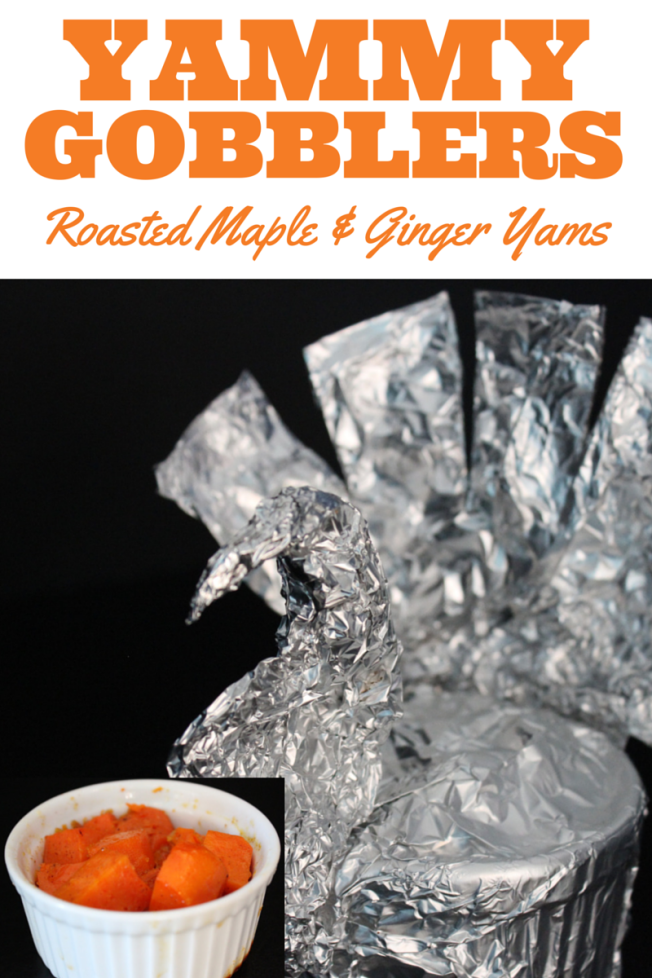
Thanksgiving is all about tradition… good and bad. In Chef Mia’s house we have the Dilemma of the Cranberries. Artist husband grew up on canned cranberry sauce and loves it like nobody’s business. He even claims it is an essential part of the Norman Rockwell painting. Chef Mia thinks otherwise. How to keep peace in the family? Compromise solution: Homemade Jellied Cranberry Sauce

What she came up with is a delicious compromise. A recipe catering to his tastes and still beautiful enough and made with simple fresh ingredients for her. Sometimes it’s time to adopt new traditions.
Jellied Cranberry Sauce
Makes 4 cups
2 packets unflavored gelatin
2 (12-ounce bags) fresh or frozen cranberries, washed and sorted
1 Granny Smith apple, small diced
1 navel orange, zest removed in strips and juiced
1 cup granulated sugar
Special Equipment: Food mill and 4 cup decorative mold
Place cranberry juice in a small bowl; sprinkle the gelatin over the surface of the juice and let sit for at least 5 minutes. Meanwhile, in a deep saucepan, combine the cranberries, apple, orange zest & juice, and sugar. Bring to a boil; reduce the heat and simmer stirring often until the cranberries begin to pop about 5 minutes. Continue cooking an additional 3 to 5 minutes until the mixture begins to thicken. Turn off the heat and stir in the softened gelatin.
Transfer the berry mixture to a food mill and pass through the finest holes into a bowl. (Discard the solids in your compost) Transfer the berry mixture to a lightly oiled mold. Top with a piece of oiled plastic wrap placed directly on top of the jelly. Refrigerate until set, at least 4 hours. (Can be made several days ahead)
To unmold, dip briefly in a bowl of hot water. Using a spatula, press gently on one side of the jelly (placing the spatula between the side of the mold and the jelly) to release the vacuum seal. Then turn out onto a plate. Refrigerate until ready to serve.

Dearest Readers, We are so very thankful for each and every one of you who have supported us all year. We love hearing from you and when you share with us. Please share your favorite dish with us here or on Facebook! We’d love to hear from you.
Happy Thanksgiving!
xxoo Mia and Terri




 Why do we love fennel so much? It’s versatile, available year round (we are so lucky to live in California), and it goes well with the California/Mediterranean style of cuisine we enjoy. We roast fennel with meats, shave it for salads, braise it or cook it in soups, and even throw it on the grill. It’s sweet, licorice flavor is subtle enough to compliment pork, chicken and fish and goes beautifully into hearty dishes like ratatouille, our Thanksgiving stuffing, or a comforting soup. When raw, it’s crunchy texture lends well to slaws and salads; in fact, one of our favorite salads of all is a simple combination of shaved fennel, shredded carrot and dried cranberries.
Why do we love fennel so much? It’s versatile, available year round (we are so lucky to live in California), and it goes well with the California/Mediterranean style of cuisine we enjoy. We roast fennel with meats, shave it for salads, braise it or cook it in soups, and even throw it on the grill. It’s sweet, licorice flavor is subtle enough to compliment pork, chicken and fish and goes beautifully into hearty dishes like ratatouille, our Thanksgiving stuffing, or a comforting soup. When raw, it’s crunchy texture lends well to slaws and salads; in fact, one of our favorite salads of all is a simple combination of shaved fennel, shredded carrot and dried cranberries.














